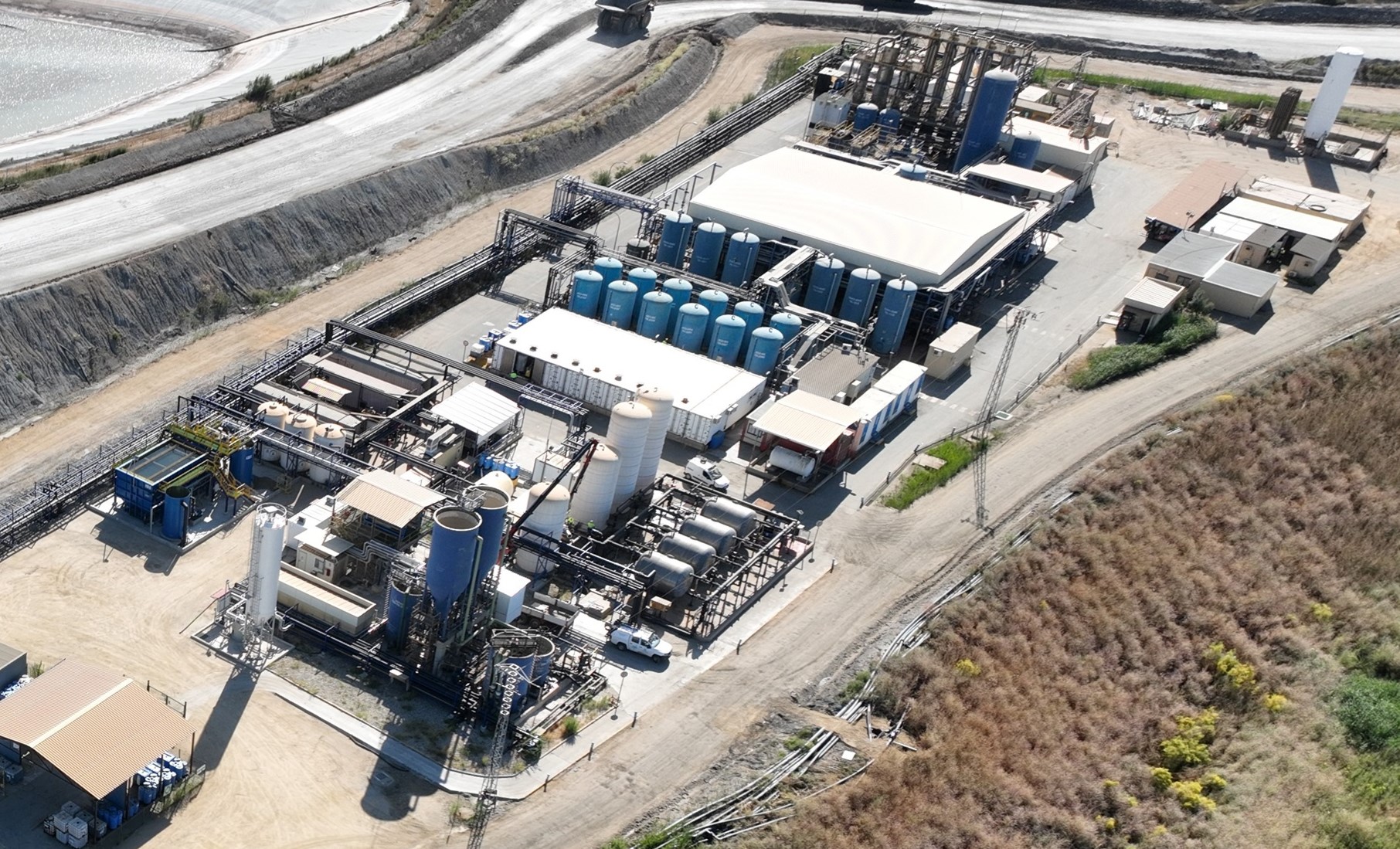The facility will increase the mine drainage water treatment capacity for the future mining complex
Madrid, 22 May 2024. Lantania has completed the expansion of the Cobre Las Cruces permanent water treatment plant (WTP). The Infrastructure, Water and Energy Group commissioned and completed this facility, which will serve the mining and metallurgical complex located in the municipalities of Gerena, Salteras and Guillena, in the province of Seville.
The expansion of the treatment plant has increased its capacity to process and treat water from the mine’s drainage systems by 50%, with technology that preserves and improves groundwater quality prior to its reinjection into the aquifer. These waters are treated in a process line which uses the best available techniques, including a physical-chemical pretreatment by decantation, filtration, ultrafiltration and, finally, reverse osmosis. This process has a minimum recovery yield of 90%, and always achieves a water quality similar to that of drinking water.
Lantania was in charge of the planning of the project, designing the treatment lines, and constructing and completing the facility, with an investment of 5.2 million euros. The company has been responsible for the mining complex’s treatment plant since its construction in 2010, and employs a team of 40 staff members there.
This expansion is another step in the journey towards the new Cobre Las Cruces mining and metallurgical project, which will allow the extension of its activity for at least another 20 years. CLC will operate a new inland mine and polymetallurgical plant, using completely unique technology for the production of copper, zinc, lead and silver, all of which are base metals.
Altogether, the PMR (Polymetallurgical Refinery) project will represent an investment of more than 750 million euros, plus an additional investment for the development of solar energy self-supply facilities. Once in operation, it is expected to generate 900 direct jobs (including CLC staff and contractors), and 1,500 indirect and induced jobs.
